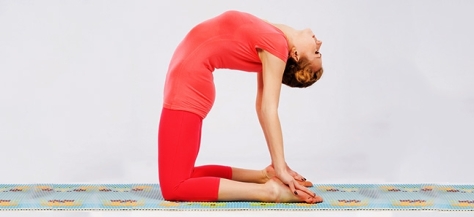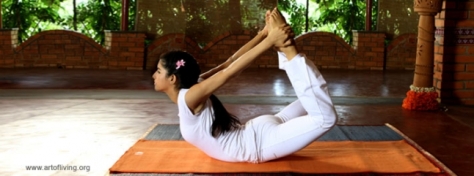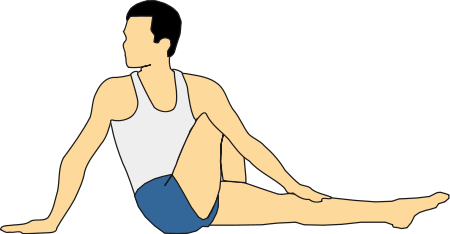 The Camel Pose or Ustrasana is the best yoga pose to reduce weight because it targets the tummy, back and thighs. Camel pose also helps for strengthening the back muscles, opening up the chest and lungs, improving the flexibility of the chest, abdomen and neck.
The Camel Pose or Ustrasana is the best yoga pose to reduce weight because it targets the tummy, back and thighs. Camel pose also helps for strengthening the back muscles, opening up the chest and lungs, improving the flexibility of the chest, abdomen and neck.
How to do Camel Pose (Ustrasana)
- Kneel on the yoga mat and place your hands on the hips.
- Your knees should be in line with the shoulders and the sole of your feet should be facing the ceiling.
- As you inhale, draw in your tail-bone towards the pubis as if being pulled from the navel.
- Simultaneously, arch your back and slide your palms over your feet till the arms are straight.
- Do not strain or flex your neck but keep it in a neutral position.
- Stay in this posture for a couple of breaths.
- Breathe out and slowly come back to the initial pose. Withdraw your hands and bring them back to your hips as you straighten up.
- Improves digestion
- Stretches and opens the front of the body. It also strengthens the back and shoulders
- Relieves the body of lower back ache
- Improves flexibility of the spine and also improves posture
- Helps overcome menstrual discomfort
Benefits of the Camel Pose (Ustrasana)









